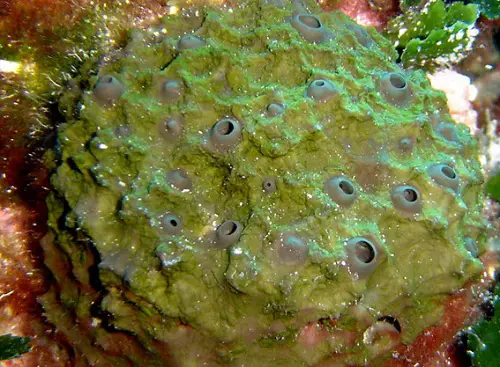
Background
In the classification of living organisms on Earth, the Animalia kingdom or Metazoa comprises all extant multicellular heterotrophic eukaryotes. It is divided into a number of distinct phyla, differing mainly by the level of their cellular and skeletal organization, and out of which we distinguish the aquatic primitive invertebrates: Porifera and Coelenterata (1).
The present article aims to highlight the differences between these two metazoans.
Nomenclature and taxonomy
Porifera, literally pore-bearer, are commonly referred to as sponges. They are characterized by the presence of microscopic pores through which water is pumped. Sponges are the oldest surviving metazoans on our planet with up to 15000 species described. This primitive phylum includes four classes grouped according to the composition of their skeleton when existing, and to their habitat: Calcarea, Hexactinellida, Demospongiae, and Homoscleromorpha (2).
Coelenterata is a Greek word used to describe a group of animals with a single large gastrovascular cavity, the coelenteron. They include over 10000 known species (3). Coelenterata previously grouped two phyla: Cnidaria and Ctenophora. They are now each considered as a distinctive phylum.
- Cnidarians include polyps, anemones, jellyfish, and corals. They are mostly marine with a number of species found in freshwater.
- Ctenophora or comb jellies include only about 100 species. They are exclusively marine and are characterized by the presence of comb plates.
Morphology
Sponges are sessile animals fixed on a substrate. They exist in various sizes and shapes, from small cushion-like formations to a more complex branching and cylinder-like forms (2). They lack any body symmetry.
Coelenterates, in comparison, can be cylindrical shaped and fixed like polyps, or have an umbrella-like form and free swimming like Medusa. Some are polymorphic and present both shapes during their life cycle. They can be radially or biradially symmetrical and their body consists mainly of a major cavity, the coelenteron, with a single opening to the external environment. This orifice is surrounded by flexible tentacles (4).
The basic morphology of poriferans consists of a single layer epithelium, the pinacoderm, separating the sponge’s body from the external environment. The pinacoderm presents microscopic pores leading to an internal system of canals and chambers lined by a special cell type: the choanocytes. These are flagellated cells responsible for the unidirectional water current going through the pinacoderm and exiting from one or more large openings, the oscules (2).
Filling the space between the chambers is the mesohyl, a collagenous suspension of individual cells, supporting fibers and varying inorganic structures that give shape to a primitive skeleton.
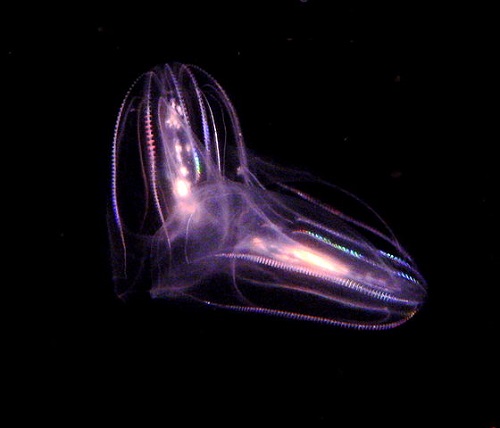
Similarly, Coelenterata present an external cell layer, the epidermis, and an inner one, the gastrodermis. They are separated by the mesogloea: a gelatinous matrix with free cells and sometimes fibers (4). Surrounding the opening of the coelenteron and at the tentacles, in the
Cnidaria phylum, are specialized cells: the cnidocytes or “stinging cells” used for prey capture and defense from predators.
Physiology
While sponges exhibit a very simple and primitive cellular organization, with no tissue or organ formation, Coelenterata are more complex and are considered to be the first metazoans to possess tissues (4).
In the sponge phylum, many differentiated cells perform the varied physiological tasks, from nutrition to reproduction (2). Ingestion of food occurs by the phagocytosis of microscopic-size particles when water is pumped through the pinacoderm by the choanocytes. Moreover, sponges are able to directly absorb nutrients from the surrounding water (5).
Coelenterates are predators. They use their stinging cells, the cnidocytes, to stun a prey. The prey is then directed into the gastrovascular cavity, the coelenteron, where an extracellular digestion by enzymes is followed by the absorption of nutrients by the cells lining the coelenteron. The aperture of the gastrovascular cavity serves as a mouth and an anus at the same time.
Sponges reproduce both asexually and sexually (6). The asexual reproduction, by fragmentation, budding or the formation of pseudolarvae, occurs mostly in unfavorable conditions. Sponges are hermaphrodites: their highly mobile cells can differentiate into oocytes or spermatocytes at different times of their life cycle (5).
Similarly, Coelenterates present an asexual reproduction by budding in the polyp form, and a sexual reproduction in the medusa form where gonads are simple (4).They can be hermaphrodite or have different sexes.
In both phyla, Porifera and Coelenterata, larvae are free swimming until they settle on a substrate in the case of sponges.
Coelenterata, contrary to Porifera, also possess a muscular tissue: epithelial cells and/or independent muscular cells can contract and are responsible for the animal movements. Additionnaly, Coelenterates present a primitive type of nervous tissue consisting of a diffuse network of nerve cells, dispersed through the epidermis and the gastrodermis enabling the animals to be coordinated and much more efficient than sponges (4).
Summary table
| Porifera | Coelenterata |
| . Aquatic multicellular animals | . Aquatic multicellular animals |
| . Sessile, fixed on a substrate | . Can be sessile in the polyp form or mobile in
the medusa form |
| . No body symmetry | . Radial or biradial body symmetry |
| . A porous epithelium | . One major body cavity, the coelenteron |
| . Filter-feeding system through a constant water
current maintained by specialized cells, the choanocytes |
. Predators, using stinging cells to capture the
prey into the gastrovascular cavity |
| . Hermaphrodite with sexual reproduction
occurring by the differentiation of choanocytes into oocytes or spermatocytes |
. Some species are hermaphrodite, others have
separate sexes. Presence of simple gonads |
| . Asexual reproduction by fragmentation,
budding, or the formation of pseudolarvae |
. Asexual reproduction by budding in the polyp
form |
| . A simple, cellular level organization, with
highly mobile cells differentiating to perform all physiological tasks |
. A tissue level organization where cells are
organized into primitive, sensory muscular and nervous systems |
Author: Lyne Chahine
Lyne Chahine holds a Master’s Degree in Biomedical Sciences from the Free University of Brussels in Belgium, and a Master’s Degree in Cellular and Molecular Physiopathology from the Paul Sabatier University in Toulouse, France.

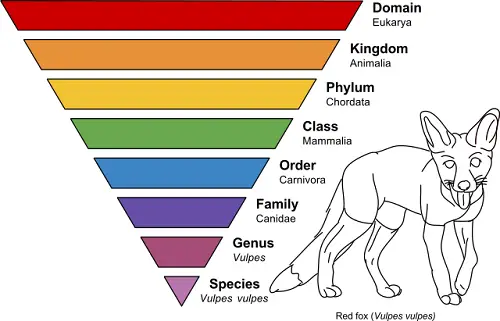
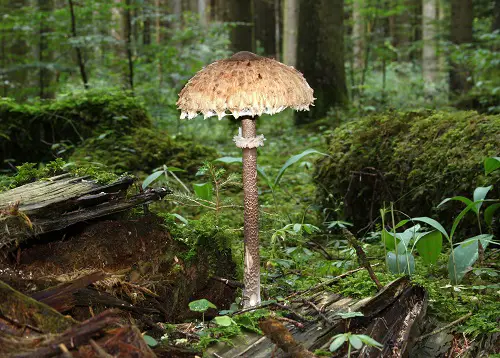

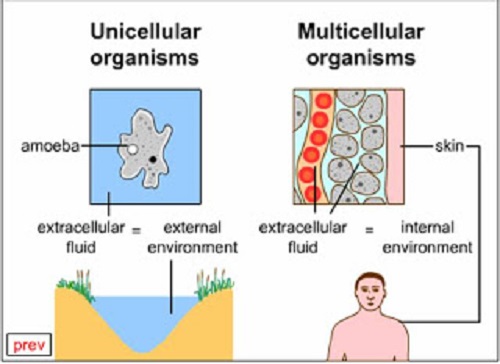

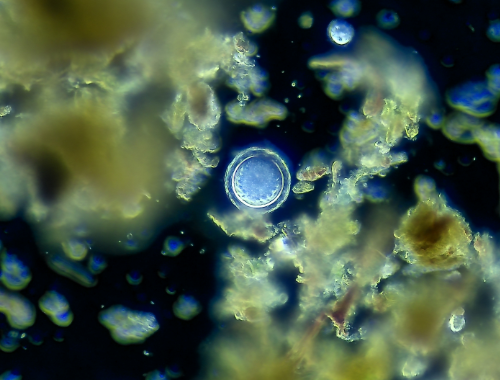





Leave a Reply